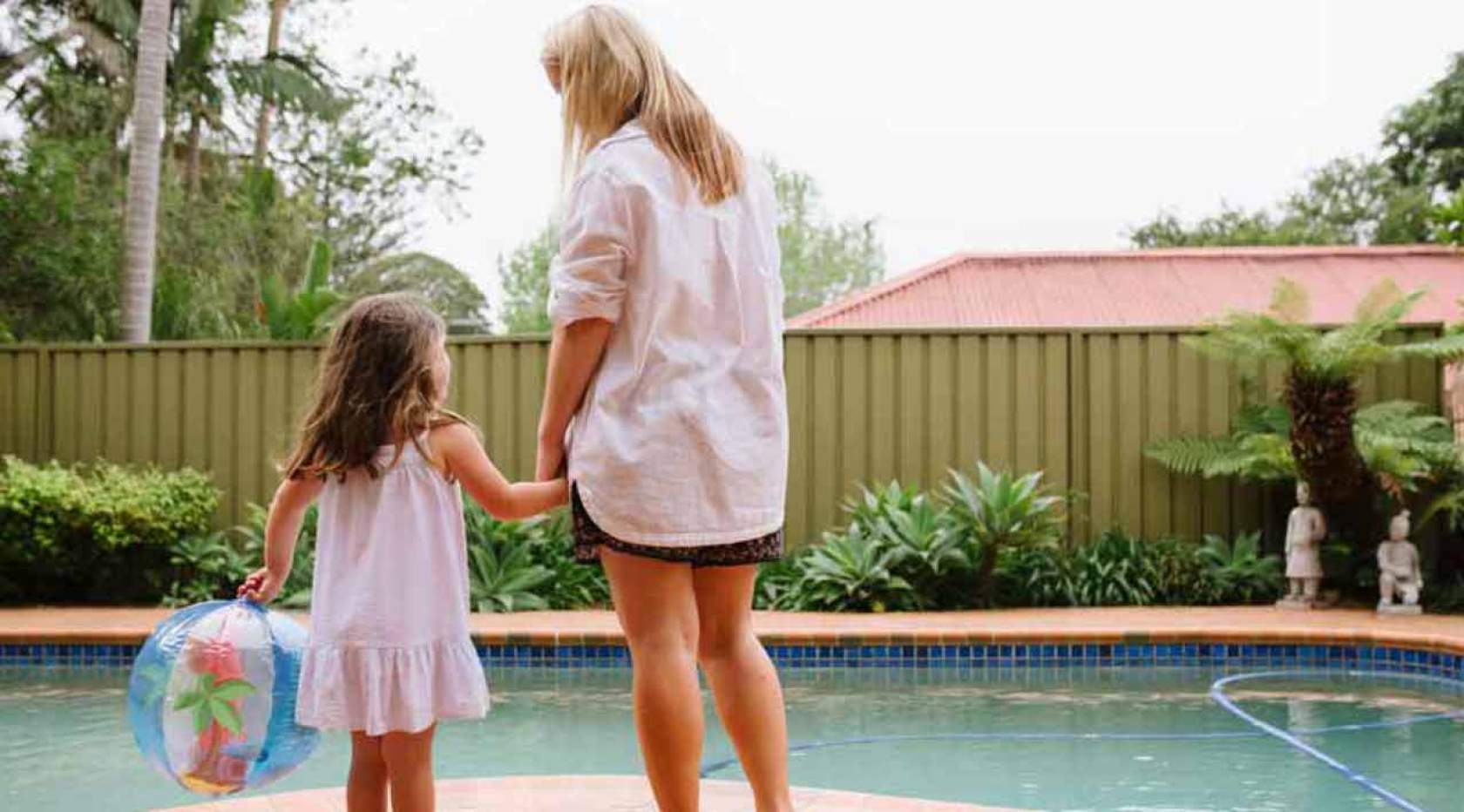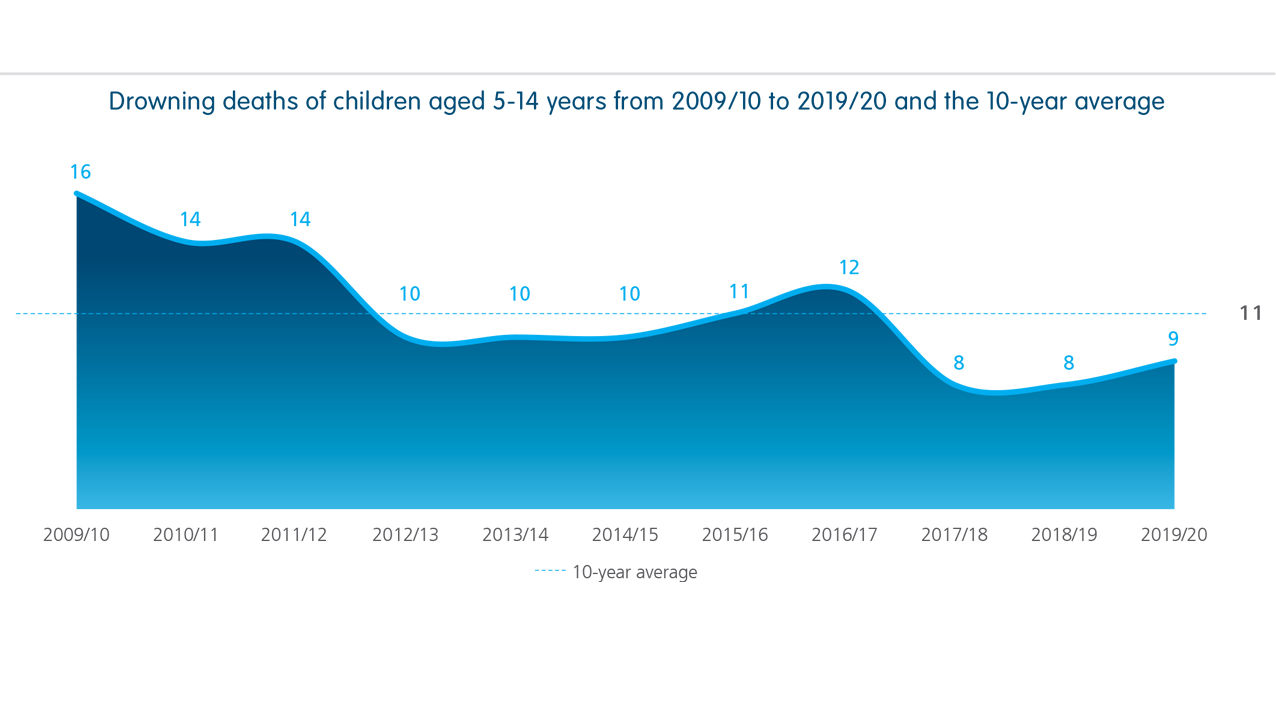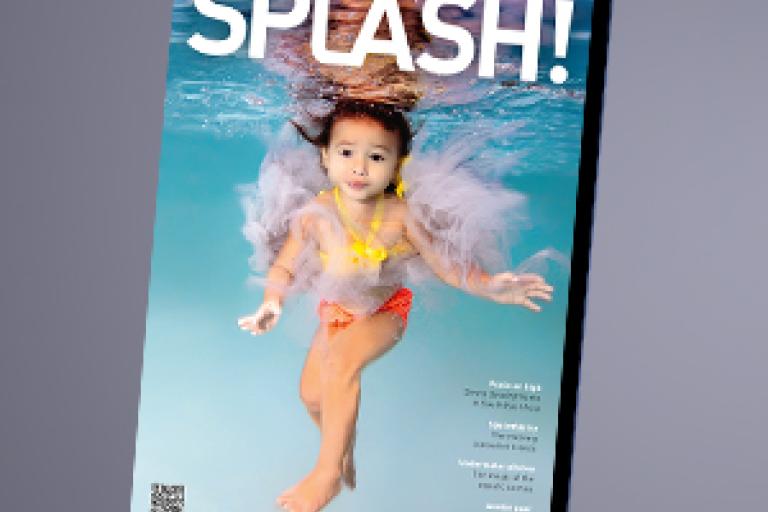Pool drowning deaths of under-fives decrease by 50 per cent

Drowning deaths of under-fives in swimming pools were down a dramatic 50 per cent (six drowning deaths compared to 12 in the previous year) according to new data from the RLS in their National Drowning Report 2020.
In all locations, under-five drowning deaths decreased by 52 per cent on 10-year average (12 this year compared to the 10-year average of 25) and a 37 per cent decrease on last year’s number (19).
Overall, swimming pool deaths recorded a 28 per cent decrease in drowning deaths compared to the 10-year average. The 28 drowning deaths were also a decrease of 11 per cent over the previous year (31 drowning deaths).

Other key data includes:
• 248 drowning deaths in Australia across all aquatic locations, an eight per cent decrease on 2018/19 and a 12 per cent decrease compared with the 10-year average.
• Males accounted for 80 per cent of all drowning deaths.
• Drowning deaths among children 0-4 years (12) decreased by 52%, compared with the 10-year average, but remain tragically high.
• Among young people aged 15-24 years, 48 per cent drowned while swimming, highlighting the importance of swimming and lifesaving lessons in the secondary school years.
• Swimming was the leading activity being undertaken prior to drowning, accounting for a quarter of deaths (25 per cent), followed by boating (18 per cent) and falls (15 per cent).
• Drowning deaths in rivers decreased by 32 per cent compared with the 10-year average, while deaths in lakes increased by 19 per cent.
CEO Lindsay McGrath says SPASA Australia continues to lobby for consistent understanding and implementation of CPR charts across Australia, and that no other association plays such a large part in standards, training and lobbying on the practical side of barriers and protection of children around pools.
"We will continue to promote the professional tradespeople in the swimming pool industry that take drowning prevention seriously, alongside promoting the health and wellness that swimming pools and spas bring across Australia and New Zealand," he says.
Decline in enrolments
Meanwhile, RLS has expressed concern that swimming lesson enrolments have dropped by 25 per cent, with the greatest impact shown in metropolitan areas and among children aged seven to 12 years with a fall of 40 per cent in some areas.
RLS CEO Justin Scarr says the fall in swimming lesson enrolments is so dramatic that RLS is concerned that covid may create a generation of non‐swimmers who will never be safe around water.
“Parents should be reminded that learning to swim is not only a partial vaccine against drowning, it boosts a lifelong love of swimming for fun, health and fitness.”
The research shows that September 2020 enrolments (compared with September 2019) have:
• Fallen by 25 per cent on average across Australia (excluding Victoria)
• Fallen by 8 per cent in children 0 to 3 years and 22% in children 4 to 6 years
• Fallen by 29 per cent in children 7 to 9 years, and 41% in children 10 to 12 years
• Impacts are greater in metropolitan areas, compared with regional areas
• The biggest decrease in enrolments recorded are in metropolitan Sydney (41 per cent)
• The data excludes Victoria as most pools have been closed throughout September
The sharpest decline in enrolments is in school aged children, which have fallen between 29 per cent to 41 per cent. Scarr says this age is exactly the wrong time to be quitting lessons.
Research shows that cost, distance, parental awareness, and negative experiences are all barriers to swimming lessons. Covid-19 has placed financial pressures on families and raised safety concerns.
Brendon Ward, ASCTA CEO says that swim schools have been profoundly impacted by closures through winter; they now have comprehensive Covid‐19 plans in place to do everything possible to ensure the safety and wellbeing of their community.
“Professional swimming lessons provide essential skills that last a lifetime and enable people to enjoy the water safely,” he says.
Melinda Crole, CEO YMCA Australia, which runs aquatic facilities and swim schools across Australia says that the social and mental health benefits of a swim at the local swimming pool is often overlooked.
“Aquatic centres provide a safe, social place to exercise, practise vital swimming skills, relax and feel a sense of connection to community. All these things are vital during a covid-impacted summer.”
Scarr is encouraging parents to investigate State Government sport vouchers, planning ahead to enrol in the subsidised holiday programs and asking grandparents to gift lessons for birthdays or Christmas.
MAIN PICTURE CAPTION: Drowning deaths of children aged 0-4 years from 2009/10 to 2019/20 and the 10-year average




